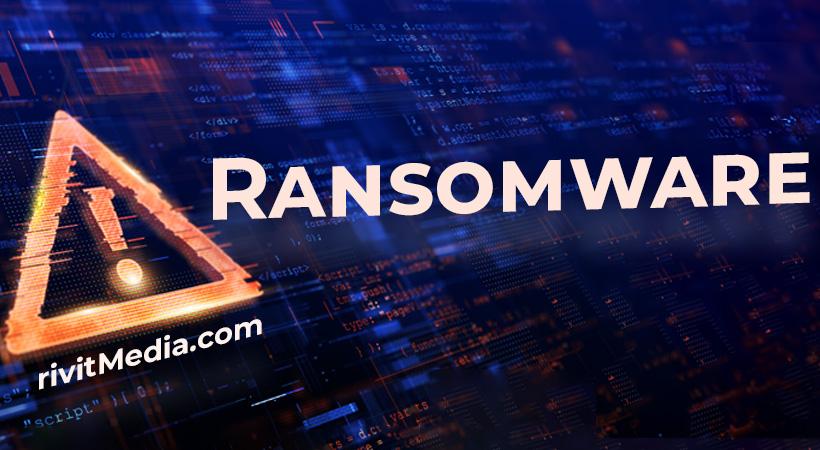In the realm of cyber threats, ransomware continues to be a persistent menace. Recently, our team has identified a variant named LIVE TEAM ransomware, which encrypts files, alters filenames, and presents victims with a ransom note, demanding payment for file decryption. Understanding its modus operandi and implementing preventive measures is crucial in mitigating the risks posed by such malicious software.
Understanding LIVE TEAM Ransomware
LIVE TEAM operates as a typical ransomware variant, encrypting files and appending the “.LIVE” extension to filenames. Once encrypted, files become inaccessible, prompting victims to interact with the provided ransom note. The note intimates that files have been encrypted and threatens to publish sensitive data unless a ransom is paid within a stipulated time frame.
The ransom note advises against independent attempts at file recovery, claiming that such actions may result in irreversible file destruction. Victims are coerced into contacting the extortionist via email, with promises of a free test decryption for smaller files as proof of decryption capability. However, paying the ransom doesn’t ensure file recovery, and it’s advised against as it doesn’t guarantee assistance from attackers.
Similar Threats and Detection Names
- Similar Ransomware Variants:
- Shuriken
- Empire
- Tutu
- Detection Names for LIVE TEAM Ransomware:
- Avast: Win32:Malware-gen
- Combo Cleaner: Trojan.GenericKD.71003021
- ESET-NOD32: A Variant Of Generik.METKCNX
- Kaspersky: Trojan.Win32.DelShad.mem
- Microsoft: Trojan:Win32/Wacatac.B!ml
Removal Guide for LIVE TEAM Ransomware:
- Isolation:
- Disconnect the infected device from any networks or shared drives to prevent further spread.
- Disable any network connections to avoid potential communication with command and control servers.
- Backup Encrypted Files: Before attempting any removal, backup encrypted files to prevent further loss.
- Identify Malicious Processes:
- Use Task Manager (Ctrl + Shift + Esc) to identify suspicious processes related to the ransomware.
- Terminate these processes to halt ransomware activity.
- Registry and Startup Cleaning:
- Use “regedit” (Windows Registry Editor) to remove ransomware-related entries in the registry.
- Check system startup folders for ransomware-related files and delete them.
- Safe Mode Boot and Scanning:
- Boot the system into Safe Mode to conduct a thorough antivirus scan.
- Use reputable antivirus software with updated definitions to detect and eliminate ransomware.
Preventative Measures Against Ransomware
- Regular Backups:
- Maintain regular backups of critical files and data in secure, separate locations.
- Backup solutions should employ encryption and be inaccessible from networked systems.
- Security Updates and Patching:
- Keep operating systems and software updated with the latest security patches.
- Patching vulnerabilities mitigates potential ransomware attack vectors.
- Security Awareness Training:
- Educate users about the risks of clicking on suspicious links or downloading attachments from unknown sources.
- Train users to identify phishing attempts and suspicious emails.
- Use Reliable Security Solutions:
- Employ reputable antivirus and antimalware software with real-time scanning capabilities.
- Utilize firewalls and intrusion detection/prevention systems.
- Secure Online Behavior:
- Avoid downloading pirated software or visiting untrustworthy websites.
- Exercise caution while clicking on ads, downloading files, or interacting with unfamiliar content.
Conclusion
LIVE TEAM ransomware poses significant risks to data security and integrity. By understanding its characteristics, implementing robust security measures, and adhering to best practices in cybersecurity, users and organizations can fortify their defenses against such ransomware threats. Vigilance, proactive security measures, and a well-informed user base are essential in combating the ever-evolving landscape of ransomware attacks.





